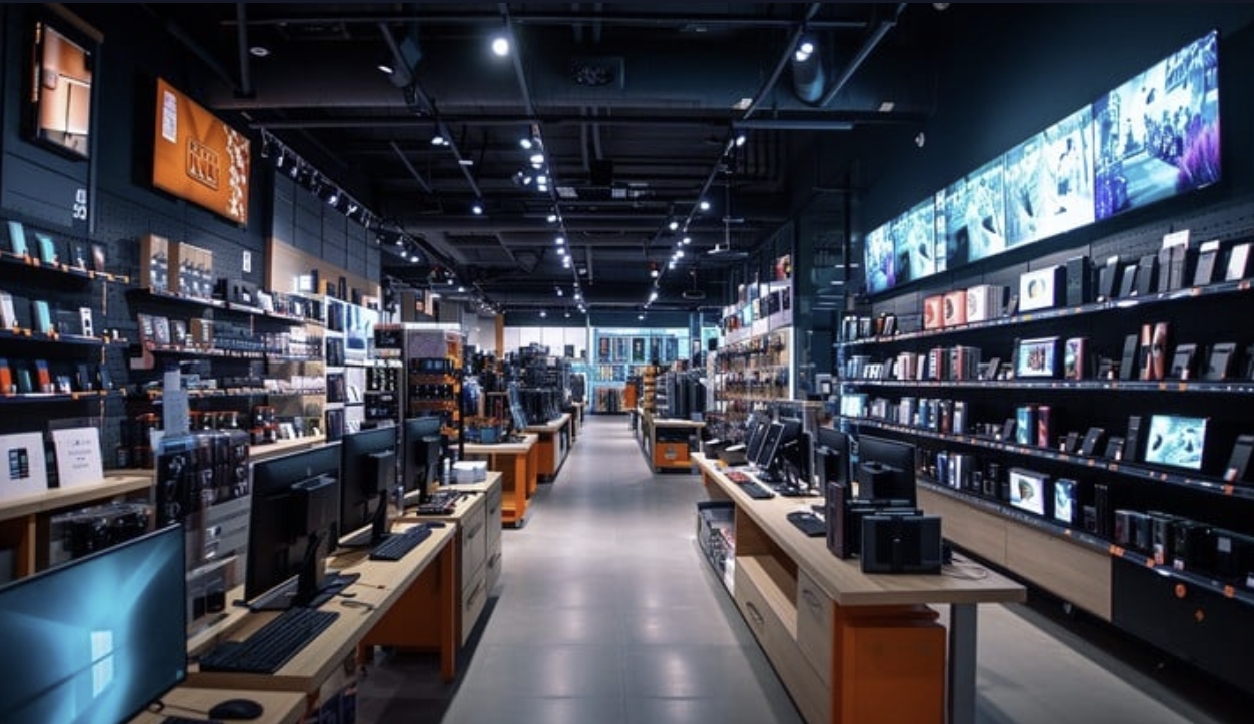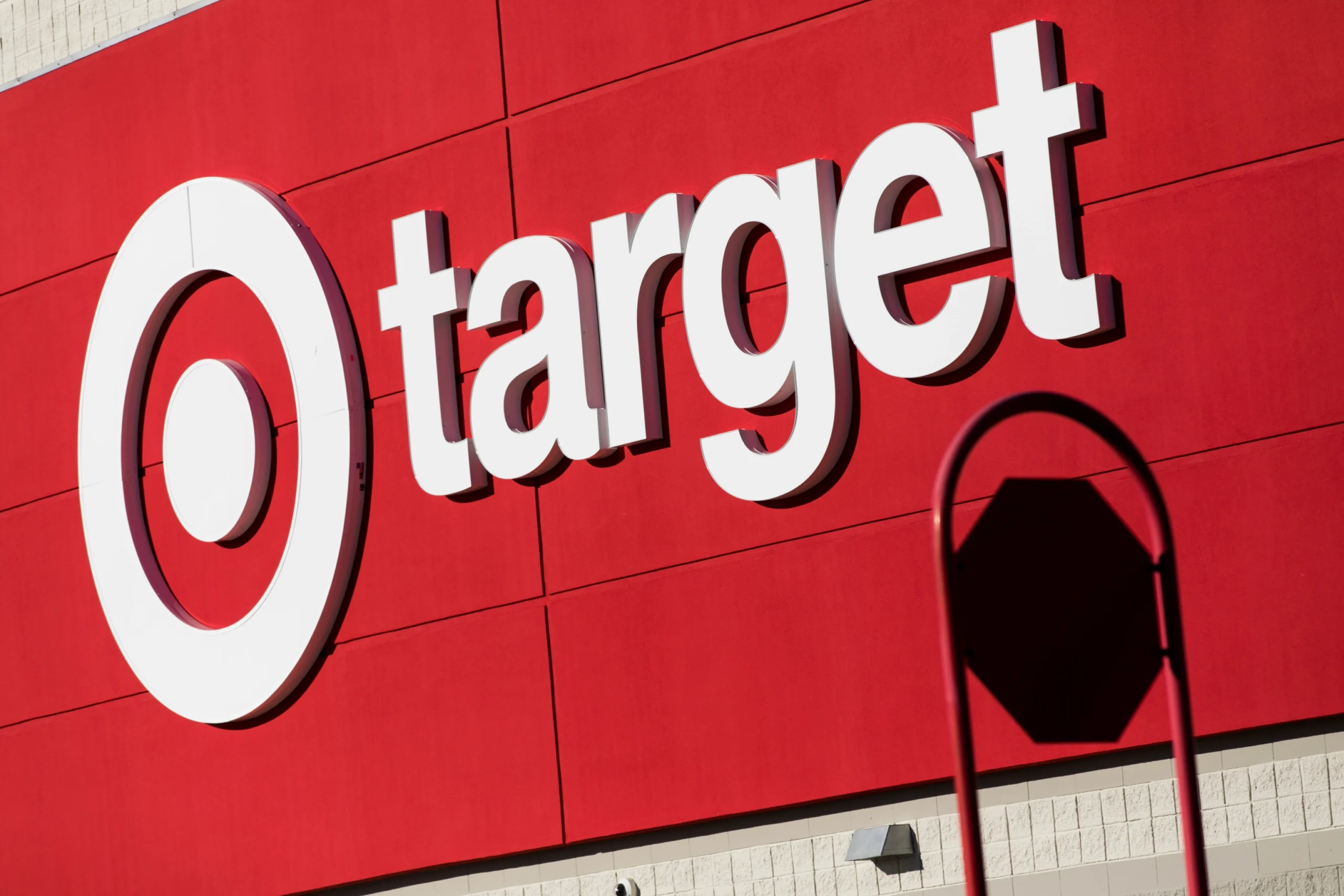Making the transition from digital retail to offline channels like stores, catalog companies, TV shopping networks, and more can be daunting and prevent many successful online consumer product companies from growing. Making the transition from e-commerce to brick-and-mortar sales is easier than it has ever been but being prepared can make all the difference. Here is the complete guide with the top 10 tips on how to make the transition easier:
Understanding the E-commerce to Brick-and-Mortar Shift
In the era of digital transformation, understanding the fundamental differences between e-commerce and brick-and-mortar retail is crucial for businesses planning a transition.
These differences include the following.
- Physical vs. Virtual Presence: Brick-and-mortar stores have a tangible physical presence where customers can see, touch, and interact with products, whereas e-commerce operates in a virtual environment.
- Consumer Experience: Brick-and-mortar stores offer an immediate and sensory shopping experience, while e-commerce provides convenience and accessibility but lacks physical interaction.
- Inventory and Fulfillment: E-commerce often involves centralized inventory management and order fulfillment, while brick-and-mortar stores require localized stock and point-of-sale systems.
- Customer Demographics: Understanding how consumer preferences vary across channels is essential. E-commerce often appeals to younger, tech-savvy consumers, while brick-and-mortar may attract a broader demographic.
Evaluating Your Business Model
Before making the transition, it’s crucial to evaluate your e-commerce business model thoroughly. Consider these key factors:
- Scalability: Assess whether your e-commerce business can scale up to support a physical retail presence. This includes evaluating your product range, supplier relationships, and operational capacity.
- Target Market and Location: Identify your target market for the brick-and-mortar store and choose a location that aligns with your customer base. Demographics, foot traffic, and proximity to competitors are important factors here.
- Market Research: Conduct comprehensive market research to understand demand for your products in a physical retail setting. Customer surveys, competitor analysis, and location-specific research can provide you with valuable insights.
Planning Your Brick-and-Mortar Expansion
Here’s what you need to take into account for your brick-and-mortar retail store.
Location, Location, Location
Selecting the right location for your brick-and-mortar store is a critical decision that can significantly impact your success. Consider these factors.
- High foot traffic areas are advantageous for visibility and attracting potential customers. Retail districts, shopping malls, or busy downtown streets are often prime locations.
- Ensure that the local demographics align with your target customer base. Analyze age groups, income levels, and lifestyle factors to determine if your product offerings match the community’s needs.
- Evaluate the competition in the area. Being near complementary businesses can drive cross-promotion and customer traffic, but excessive competition can be challenging.
Store Design and Layout
Designing your brick-and-mortar store for optimal customer experience is essential. Here are key considerations:
- Create an inviting and intuitive store layout that guides customers through your store. Consider traffic flow, product placement, and focal points.
- Invest in interior design elements that align with your brand and resonate with your target audience. A well-designed store can enhance the overall shopping experience and aesthetic appeal.
- Incorporate technology, such as digital displays, interactive kiosks, or mobile apps, to bridge the online and offline shopping experience. These elements can provide product information, enable self-checkout, or facilitate online orders for in-store pickup.
Marketing and Brand Transition
Maintaining consistency in your brand identity during the transition is essential for retaining existing customers and attracting new ones.
- Ensure that your store’s visual branding, including logos, colors, and signage, aligns with your e-commerce brand to create a seamless transition for customers.
- Consistency in messaging, values, and mission statements reinforces trust and familiarity among your customer base.
- Focus on providing a consistent level of customer service across both channels. Train your staff to embody your brand’s values and deliver a high-quality experience.
Cross-Promotion and Omnichannel Marketing
Leverage the strengths of both e-commerce and brick-and-mortar by implementing cross-promotion and omnichannel marketing strategies.
- Use your e-commerce platform to promote your new physical store. Share announcements, exclusive in-store offers, and updates on your website and social media channels.
- Encourage in-store customers to visit your website by offering incentives such as online discounts, loyalty program membership, or access to exclusive online content.
- Implement omnichannel marketing strategies that seamlessly integrate online and offline customer experiences. For example, allow customers to place online orders for in-store pickup or offer digital loyalty rewards that work across both channels.
Inventory and Supply Chain Considerations
Efficient inventory management is crucial when transitioning to brick-and-mortar sales.
- Determine how to balance inventory between your e-commerce and brick-and-mortar sales channels. Avoid overstocking or understocking by tracking sales trends.
- Invest in point-of-sale (POS) systems that facilitate real-time inventory tracking and integration with your e-commerce platform.
Supply Chain Optimization
Optimizing your supply chain is essential for the smooth operation of both online and offline sales.
- Maintain strong relationships with suppliers and distributors. Ensure that they can meet the demands of your physical retail expansion.
- Streamline order fulfillment processes to meet the needs of both channels. Consider logistics, transportation, and warehousing solutions that support both e-commerce and brick-and-mortar sales.
Customer Experience in Brick-and-Mortar
Creating a memorable in-store experience can set your brick-and-mortar store apart.
- Train your staff to provide exceptional customer service. Friendly and knowledgeable employees can enhance the shopping experience and build customer loyalty.
- Plan in-store events, promotions, and product demonstrations to attract and engage customers. These events can create a buzz around your store and draw foot traffic.
- Incorporate technology to enhance the in-store experience. For example, offer digital catalogs, interactive displays, or mobile apps that provide additional product information or recommendations.
Measuring and Analyzing In-Store Data
Collecting and analyzing data from your brick-and-mortar store can help refine your strategies.
- Use in-store data to track customer behavior, such as popular product areas, customer flow, and peak shopping times.
- Analyze sales data to identify top-selling products, slow-moving items, and seasonal trends. Use this information to optimize inventory and marketing efforts.
- Collect customer feedback and conduct surveys to gain insights into their preferences and suggestions for improvement.
Top 10 Tips to Transition from E-commerce to Brick-and-Mortar Sales
1. Contact established retailers: Reach out to retailers you know, or research potential contacts in your field of business. Ask for an introduction to the buyer and be prepared with the necessary information about your products.
2. Consider partnering with a distributor: Many distributors have relationships with retailers that you may not have access to. Working with a distributor can get your product into more stores and save you time in the process.
3. Develop relationships: Once you contact potential buyers, focus on building a good relationship with them. Show that you’re knowledgeable about the products you’re selling and willing to work with them.
4. Prepare product samples: Send potential buyers sample products so they can see the quality of your workmanship and get a feel for your brand.
5. Make sure you have good pricing: Research the prices of similar products in brick-and-mortar stores to make sure you’re competitively priced. Buyers will be more likely to stock your products if the pricing is attractive.
6. Stay organized: Keep track of all your contacts and follow-ups so you can stay on top of the process. Utilize digital tools and CRM software to help manage your relationships with buyers.
7. Follow up often: Don’t be afraid to reach out and check in on your contacts. Buyers are often busy, so you may need to follow up several times before you get a response.
8. Don’t give up: Selling to brick-and-mortar stores can take time and perseverance. Be patient and keep working at it until you’re successful. With patience and a good strategy, you can find success in this new market.
9. Monitor sales and feedback: Once your products are in stores, be sure to monitor the performance so you can adjust as needed. Ask for customer feedback to ensure that your products are meeting expectations. This will help you build a good reputation with buyers and increase your chance of success in the long run.
10. Network: Attend industry events and meetups to network with potential buyers. By building relationships with retailers, you can open more opportunities for your business.
Preparing for Challenges and Risks
Transitioning from e-commerce to brick-and-mortar entails financial considerations and you should be mindful of them. Develop a detailed budget that accounts for the costs of opening and operating a physical store. Consider expenses such as rent, utilities, staffing, inventory, and marketing. Additionally, create a financial contingency plan to address unexpected challenges or fluctuations in revenue. Having a safety net can provide stability during the transition.
Regulatory and Compliance Issues
Navigating the regulatory landscape is essential for brick-and-mortar operations. Identify and obtain the necessary permits and licenses for your physical retail business. This may include zoning permits, health permits, and sales tax permits. Ensure compliance with local and federal regulations, including labor laws, safety standards, and accessibility requirements. Failure to comply can result in legal issues and fines.
Conclusion and Next Steps
Incorporating these strategies and insights into your e-commerce to brick-and-mortar transition can help you make informed decisions, mitigate risks, and optimize your chances of success. Remember that the transition is a dynamic process that requires adaptability and ongoing assessment of your strategies. With careful planning and a customer-centric approach, you can create a seamless and successful shift from online to offline retail operations.
Have you considered launching your product brand in retail? If so, our team at Retailbound can help. Since 2008, we have helped countless product brands launch and grow in the retail space. Contact us today to get more information.
About the Author
Yohan Jacob is the President and Founder of Retailbound. Retailbound is a comprehensive retail channel management consultancy that helps brands launch and scale their products in over 150+ retailers in both the US and Canada. Specializing in bridging the gap between product creators and retailers, Retailbound offers a range of services from retail strategy development, buyer engagement, sales management and channel marketing support. Whether the client is a startup or an established brand, Retailbound provides expert guidance to increase their retail presence, navigate buyer relationships, and drive sales growth both in-store and online.



